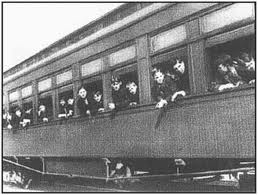[vc_row][vc_column][vc_column_text]Between 1854 and 1929, nearly a quarter of a million orphaned children were resettled under what came to be known as the Orphan Train Movement. The goal of the movement was to get homeless and destitute children off the streets of New York and resettle them with families in the rural Midwest.
 Many of the immigrants coming to New York in the mid to late 1800s were poor and could not adequately care for their families. Many children ended up on the street with no home. In 1849, New York’s chief of police decided to bring attention to the street children as the city simply did not have the infrastructure and services to deal with thousands of homeless children. This resulted in children being placed in orphanages and some eventually becoming Orphan Train riders.
Many of the immigrants coming to New York in the mid to late 1800s were poor and could not adequately care for their families. Many children ended up on the street with no home. In 1849, New York’s chief of police decided to bring attention to the street children as the city simply did not have the infrastructure and services to deal with thousands of homeless children. This resulted in children being placed in orphanages and some eventually becoming Orphan Train riders.
In the mid-1800s many children in New York City lived in poverty with parents who abused alcohol, engaged in criminal activity, and were otherwise unfit parents. Many of these unwanted kids had been in trouble with the law. but many were orphaned when their parents died in epidemics of typhoid, yellow fever or the flu. According to an essay written by Brace in 1872, one crime-and-poverty-ridden area around Tenth Avenue was referred to as “Misery Row”. Misery Row was considered to be a main breeding ground of crime and poverty, and an inevitable “fever nest” where disease spread easily. Orphans or runaways found themselves drifting into this destitute area, as well as the old sheds of Eighteenth and Nineteenth Streets. Such was the severity of child poverty in 1854 that the number of homeless children in New York City was estimated as high as 34,000. They were often referred to as “street urchins”.
The Orphan Train Movement was a supervised welfare program that transported orphaned and homeless children from crowded Eastern cities of the United States to foster homes located largely in rural areas of the Midwest. The orphan trains operated between 1853 and 1929, relocating about 200,000 orphaned, abandoned, or homeless children.
Three charitable institutions, Children’s Village (founded 1851 by 24 philanthropists), the Children’s Aid Society (established 1853 by Charles Loring Brace) and later, the New York Foundling Hospital, endeavored to help these children. The two institutions developed a program that placed homeless, orphaned, and abandoned city children, who numbered an estimated 30,000 in New York City alone in the 1850s, in foster homes throughout the country. The children were transported to their new homes on trains that were labeled “orphan trains” or “baby trains”. This relocation of children ended in the 1920s with the beginning of organized foster care in America.
“The Orphan Trains were needed at the time they happened. They were not the best answer, but they were the first attempts at finding a practical system. Many children that would have died, lived to have children and grandchildren. It has been calculated that over two million descendants have come from these children. The trains gave the children a fighting chance to grow up.
Source: Wikipedia
Read More Orphan Train Facts at:
https://en.wikipedia.org/wiki/Orphan_Train[/vc_column_text][/vc_column][/vc_row][vc_row][vc_column]
Orphan Train Video
[vc_video link=”https://www.youtube.com/embed/2By5aKoCBko”][/vc_column][/vc_row]
More Orphan Train Info, Show Less:
Orphan trains movement
From 1854 to 1929 an estimated 250,000 orphaned, abandoned, and homeless children were placed throughout the United States and Canada during the Orphan Train Movement. Read More http://orphantraindepot.org/history/
Orphan trains video
Between the years of 1853 and 1929, an estimated 250,000 orphans were relocated from major east coast cities such as New York City, to new homes throughout the United States and Canada. These children traveled on what became popularly called Orphan Trains. At the peak of the Orphan Train movement, 3,000-4,000 children a year were traveling west. More than 6,000 orphans relocated to Missouri. Watch the video here: http://www.pbs.org/video/1392981043/
Orphan train stories
Orphan Train Rider Stories – Click on the names to view a story of an Orphan Train Rider.
Read More: http://orphantraindepot.org/orphan-train-rider-stories/
Orphan train facts
Orphan train facts – The term orphan trains refers to the mid-nineteenth- and early-twentieth-century method of placing destitute, urban children in the homes of largely rural families. Mid- and late-nineteenth-century reformers were increasingly concerned with the accumulating social ills of an advancing industrial society, including child poverty. Read More: http://www.encyclopedia.com/topic/Orphan_Trains.aspx

